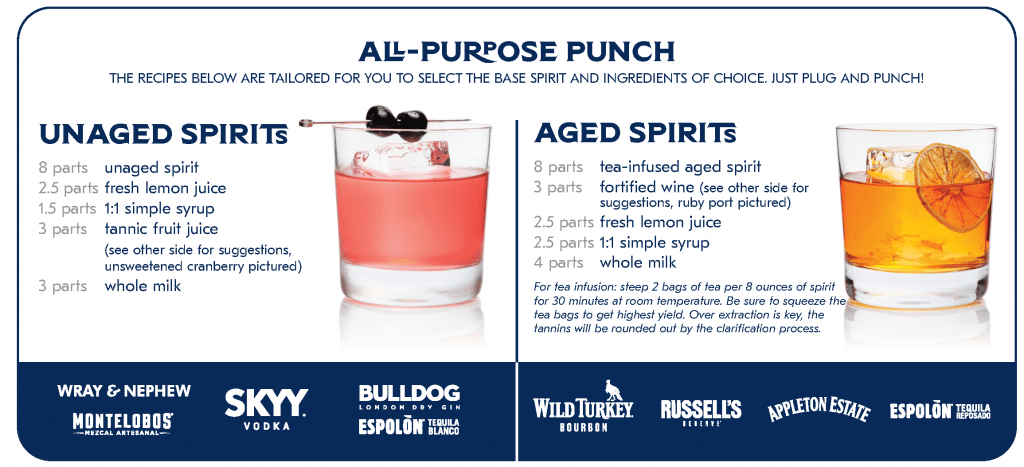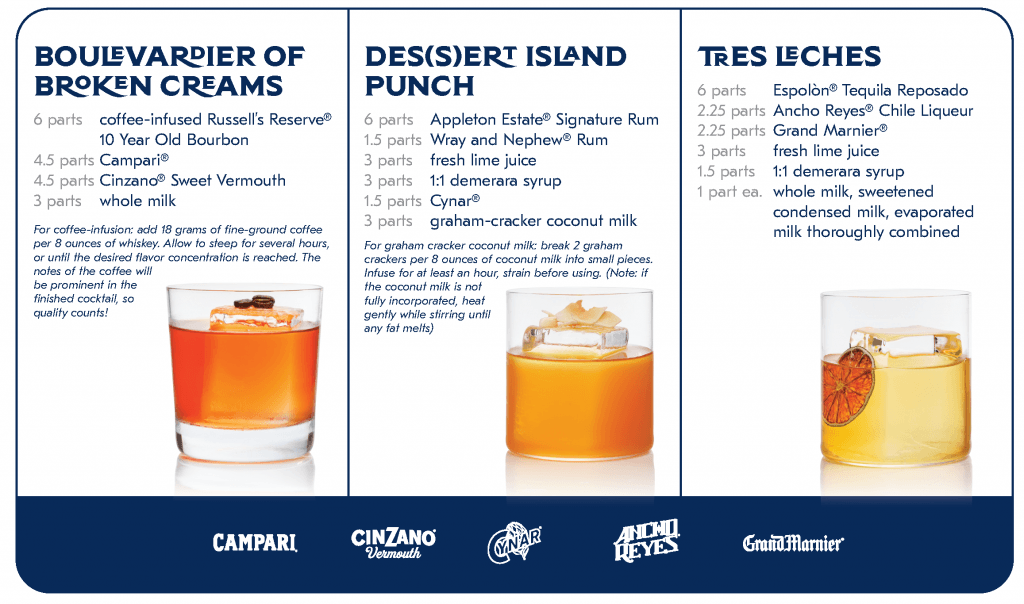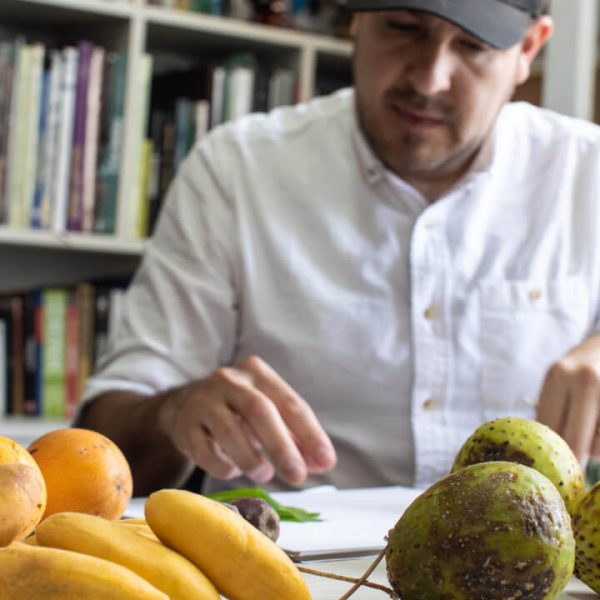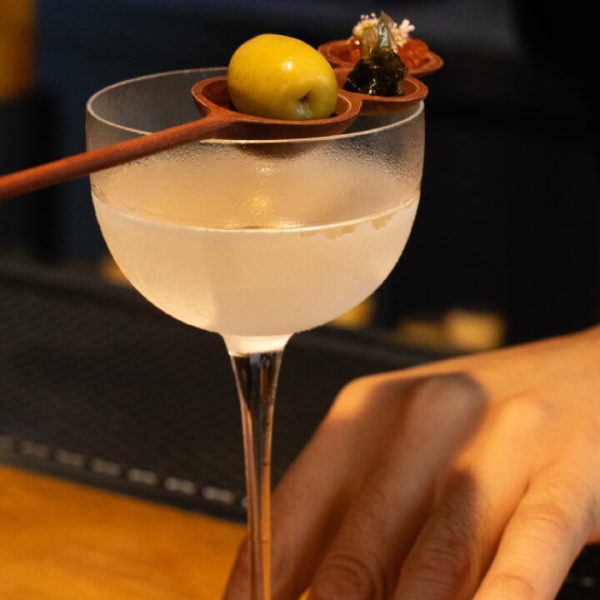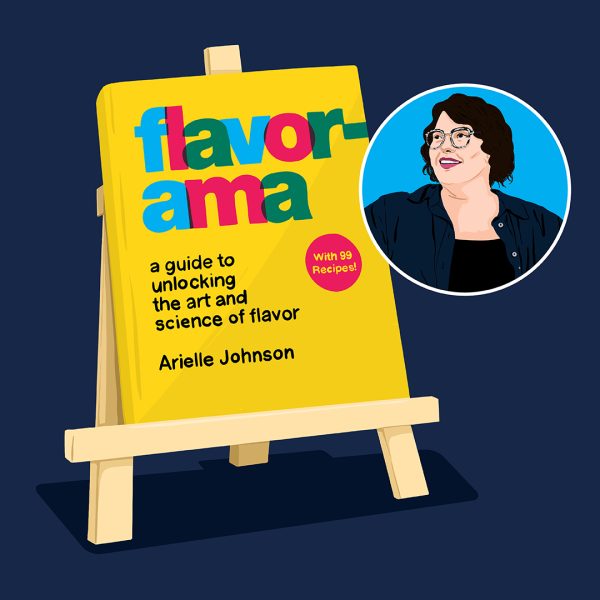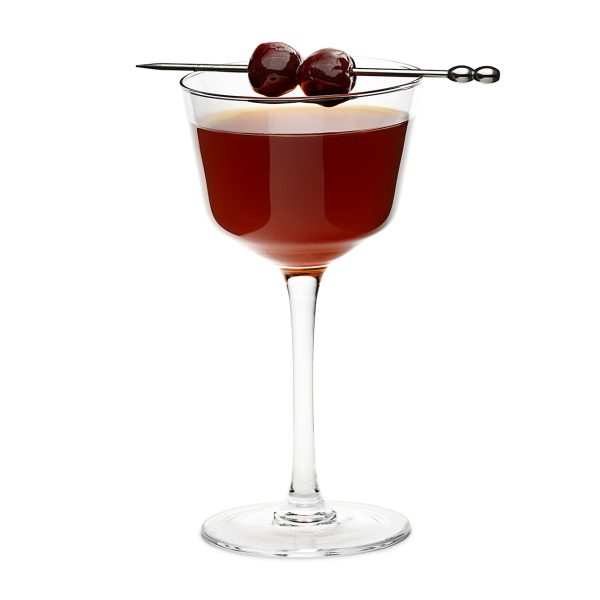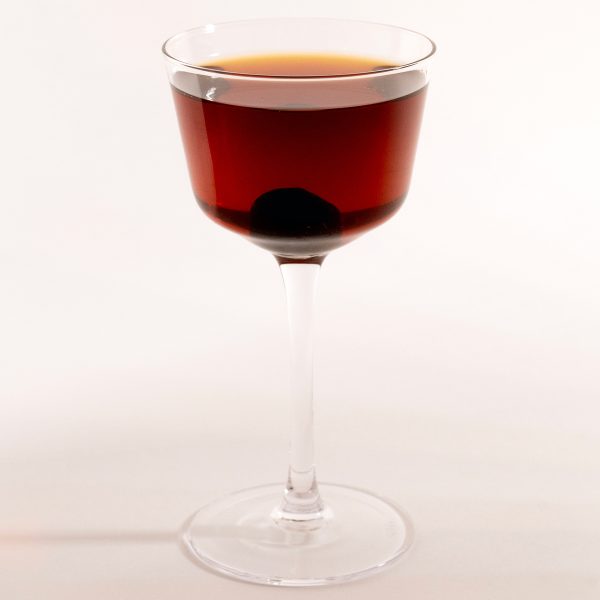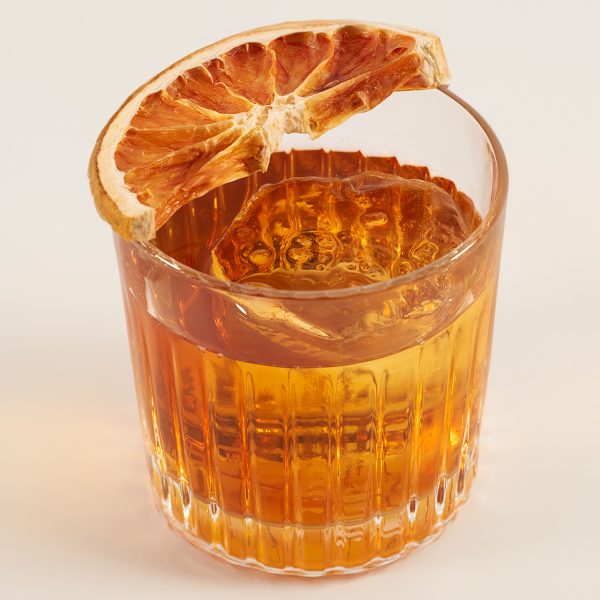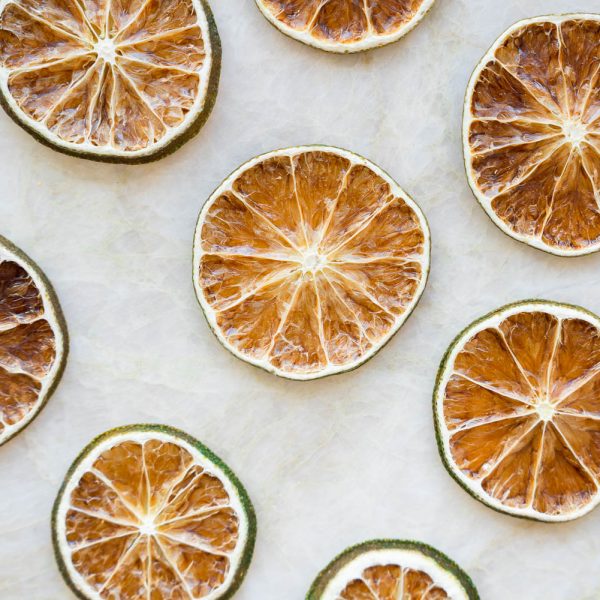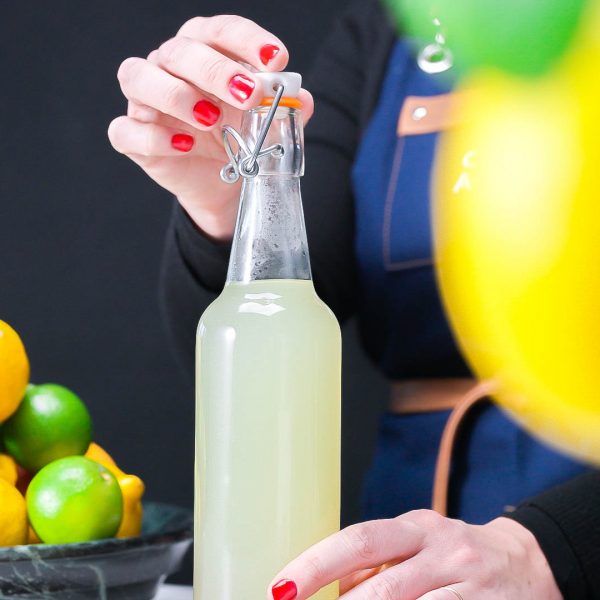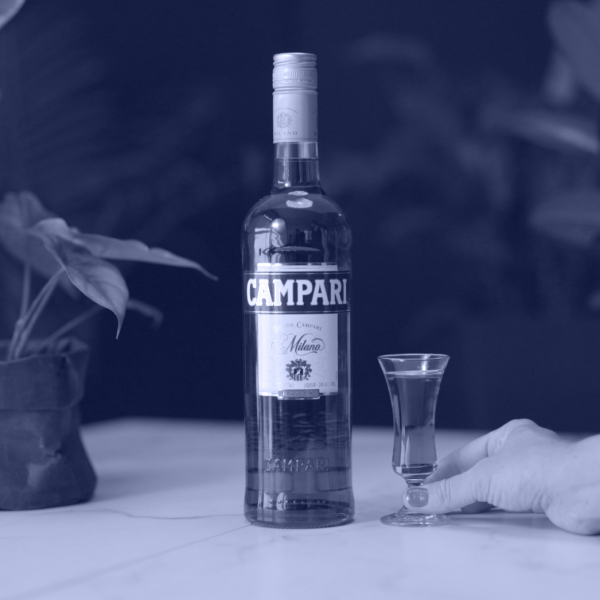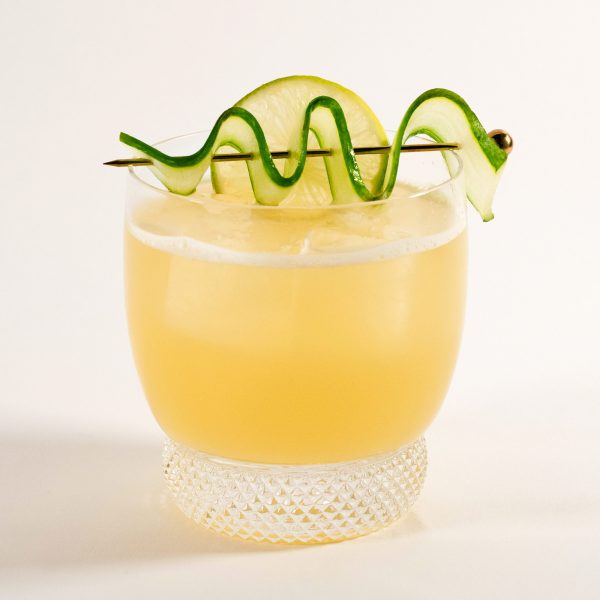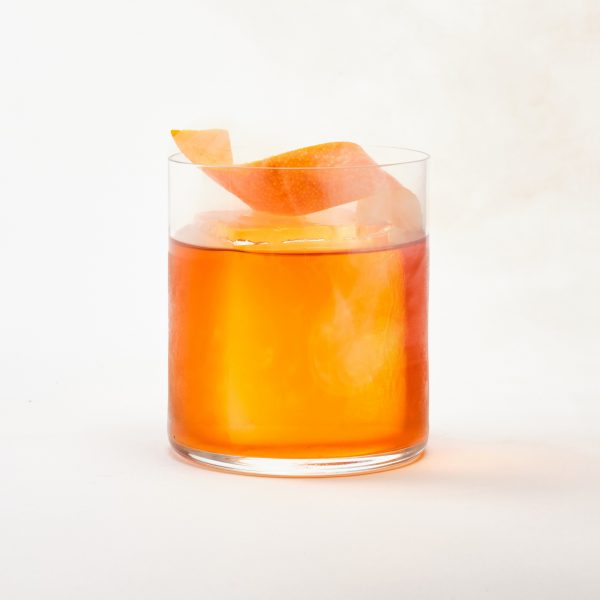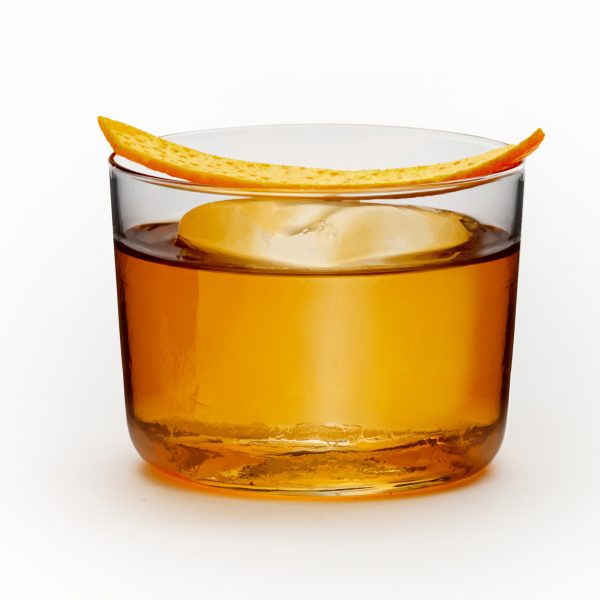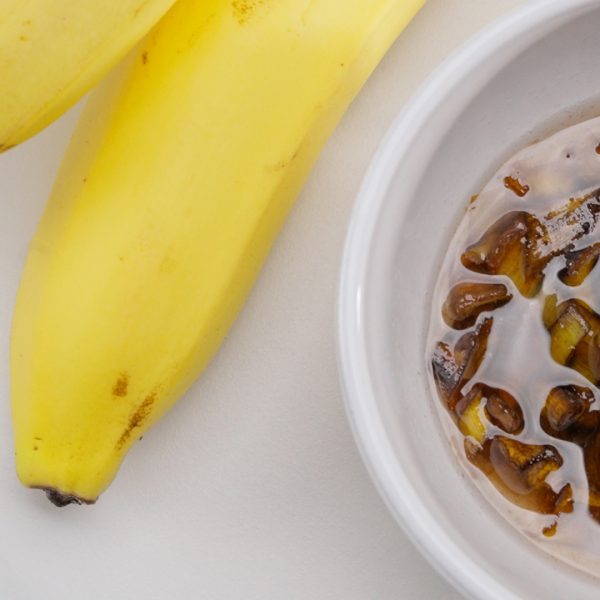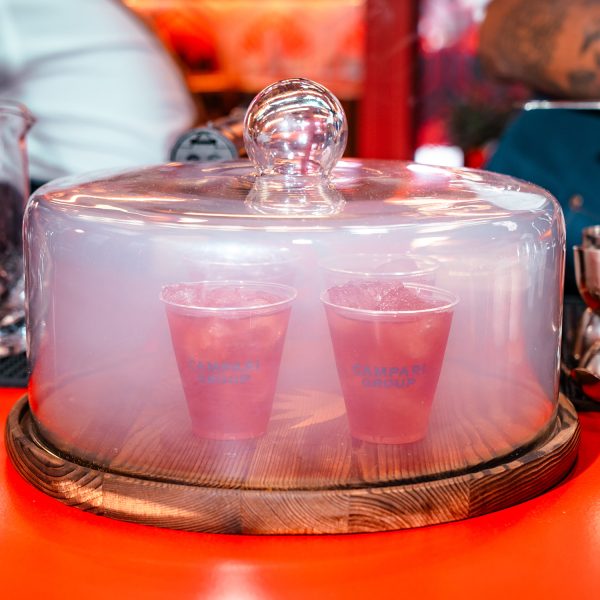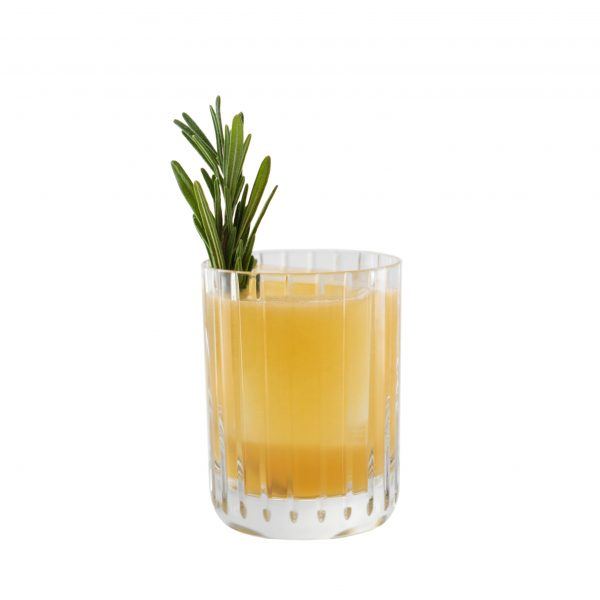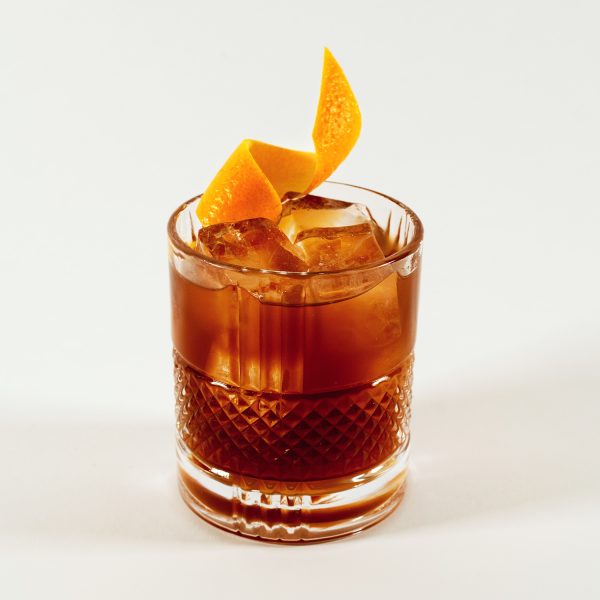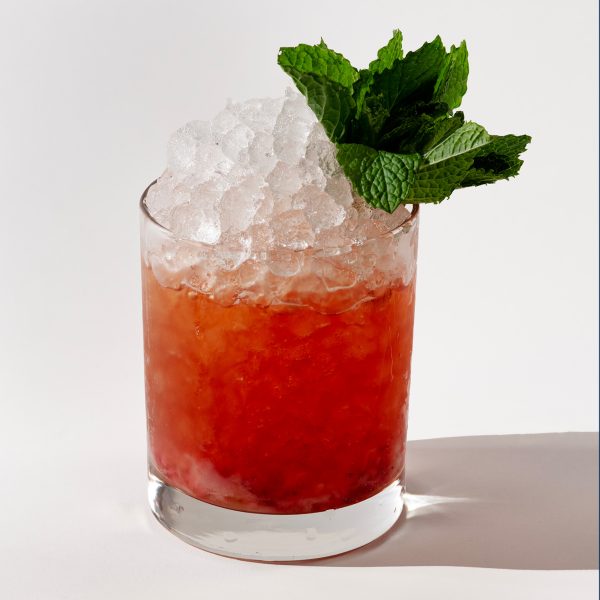Milk Punch Guide and Recipes

Clarified Milk Punch is a beverage that results from intentionally curdling milk with a mixture of cocktail ingredients. This is called ‘washing,’ followed by removing the curds from the remaining whey protein. The result is a clarified, velvety, and softer tasting beverage.
The casein protein within milk binds with the phenolic compounds in the liquid, pulling these compounds out in the process of curdling, generally at a lower pH. Whatever drink you make, the recipe MUST include at least one ACIDIC and/or ASTRINGENT ingredient to work. The acid denatures the casein protein, and astringent ingredients contain polyphenols that bind to the casein protein – both result in curdling of the milk. Maximize taste benefits by choosing cocktail elements that will dramatically transform their flavor, and astringent and bitter ingredients will do just that.
Though this may sound high-tech, clarified milk punch has been made since at least the 17th Century. It is best suited for large batches since the process can take some patience but is excellent for quick & easy serves once ready.
Ultimately, the essence of milk punch can be broken down into four steps – Make It, Break It, Strain It, Serve It.
How To Make A Milk Punch
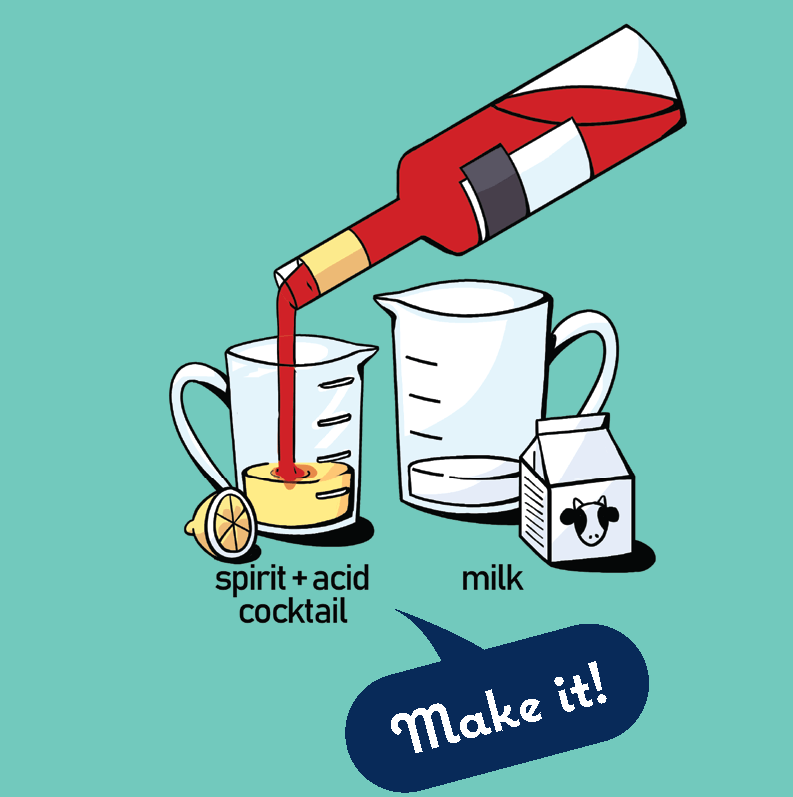
Assemble a balanced cocktail. The possibilities are broad – you can adapt recipes that are traditionally spiritous and stirred, as well as citrus and fruit forward drinks. When planning your base cocktail, remember to scale the batch volume up to produce a worthwhile amount of shelf-stable, ready-to-serve milk punch!
How To Break A Milk Punch
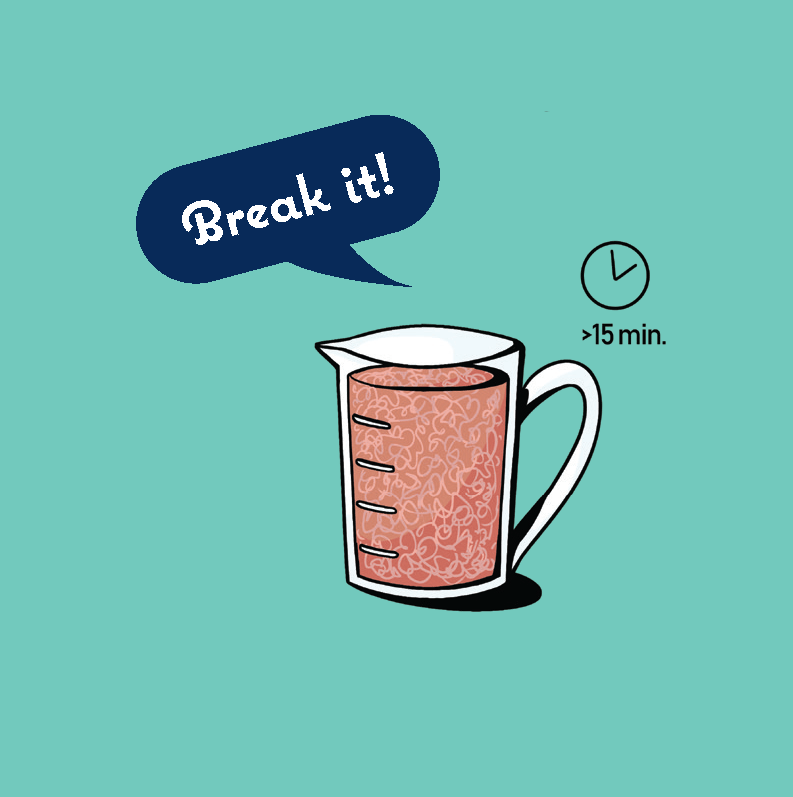
Calculate the amount of milk needed by finding 25% of the batch volume (formula below) and place it in the large container you’ll mix in. Slowly add a 1/3 of the cocktail mixture to the milk while stirring (if using coconut milk, you may first heat the milk to 140°F to emulsify it). The milk should break as you add the cocktail. Stop stirring when it breaks, and gently add the rest of the cocktail batch without agitating it. Allow the mixture to rest for at least 15 minutes and up to a few hours.
- (Batch volume) x (.25) = milk volume
How To Strain A Milk Punch
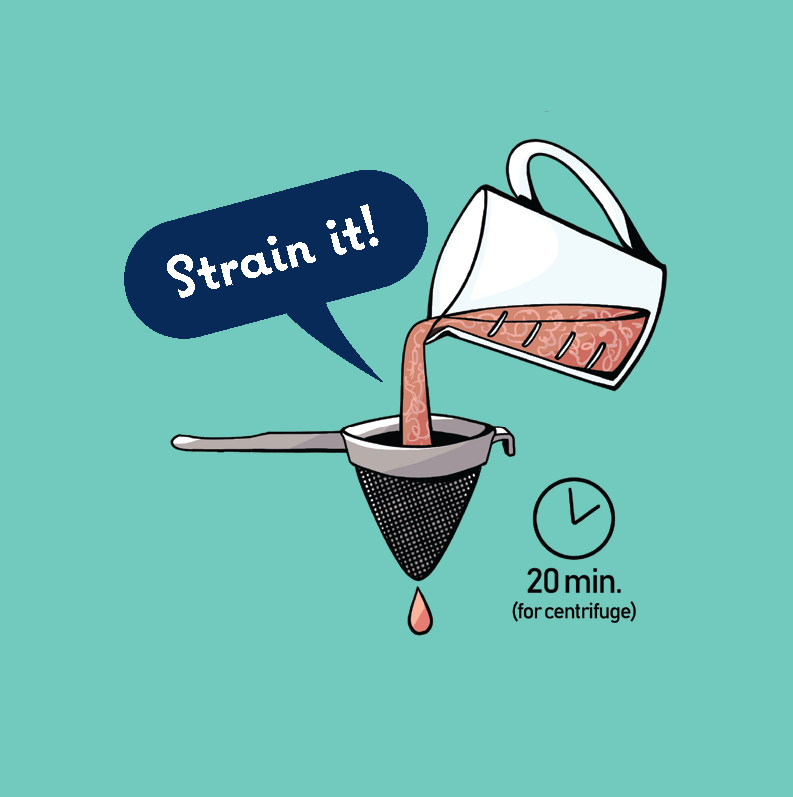
Set up a fine strainer in a stable position over a receiving container. The strainer must be fine enough to catch the individual curds and allow a mat to form. A fine mesh strainer, coffee filter, or nut milk bag are all well suited to this purpose. Pour the mixture through gently. At first, there will still be some cloudiness left in the liquid. This initial portion can be removed and poured back into the filter to be strained again.
The curds will start to settle together as the filtration speed slows, leaving less room for cloudiness to pass through. If you need to keep adding batch to the filter, pour gently not to disturb the curds. The resulting mixture will be much more clear. A second pass through the filter may be necessary to get the clarity you want if you have the time. Patience and delicacy are rewarded! If available, you can also clarify milk punch in a centrifuge in about 20 minutes.
How To Serve A Milk Punch

The milk punch is ready to serve! If you applied any heat, allow the batch to cool before serving. Simply pour over ice, and select an appropriate garnish. Clarified milk punch is exceptionally stable, but it should be kept in the fridge. It’s rumored that bottles of the concoction (still good!) were found in Charles Dickens’s wine cellar a century after his death!
ACIDS
- Ingredients that lower pH.
- Citrus juices, alternative acids like ascorbic or malic, vinegars, etc.
- Note: Some acids are also astringents, like apple cider vinegar and lemon juice. Some astringents are acidic like hibiscus or coffee.
ASTRINGENTS
- Ingredients containing tannin, tannic acid, or other polyphenols.
- Fruit juices like cranberry, cherry, pomegranate, fresh pressed apple & grape.
- Teas like black or green tea and coffee.
- Herbs like lavender, sage, thyme, and tarragon.
- Wines, Ports, Sherries, and other grape ferments.
- Note: Wood tannins in aged spirits are also softened through this process.
CLARIFIED MILK PUNCH WITH ALTERNATIVE MILKS AND HEAT
Milk punch technique may be used with alternative milks, such as coconut and nut milks, which contain an emulsion of fat and protein chemically similar to traditional dairy milk.
Many classic recipes, including a recipe Benjamin Franklin wrote in a letter, call for heating the milk to assist in separation. Heating is optional. Prioritizing proper acid and/or tannin concentrations in the recipe has the most effect on creating consistent results.
THE LAB
To test, we used a neutral basic sour spec with the ratio of 20% volume of milk or alternative milk. Whole milk, almond milk, and coconut milk separated at room temperature without any further heat application.
- 2 parts SKYY® Vodka
- ¾ parts lemon juice
- ¾ parts simple syrup (1:1)
CLARIFIED MILK PUNCH AND ALLERGIES
Milk allergies can be attributed to one or both whey and casein proteins. Even though the casein protein is filtered out of the cocktail, it is still essential to note Clarified Milk Punches with a dairy allergen.
Be sure to highlight a nut or soy allergen if using alternative milks.
MILK PUNCH RECIPES
Method
Combine all ingredients except for milk. Add 1/3 of the cocktail ingredients to the milk to ensure curdling. Slowly add the rest of the cocktail ingredients, and allow to rest at least 15 minutes. Strain the first third of the cocktail through your chosen medium. Once the punch is running clear and a mat of curds has been formed, move the strainer to a clean container, and add the first run of punch back through. Allow to strain completely, serve over ice and garnish.
